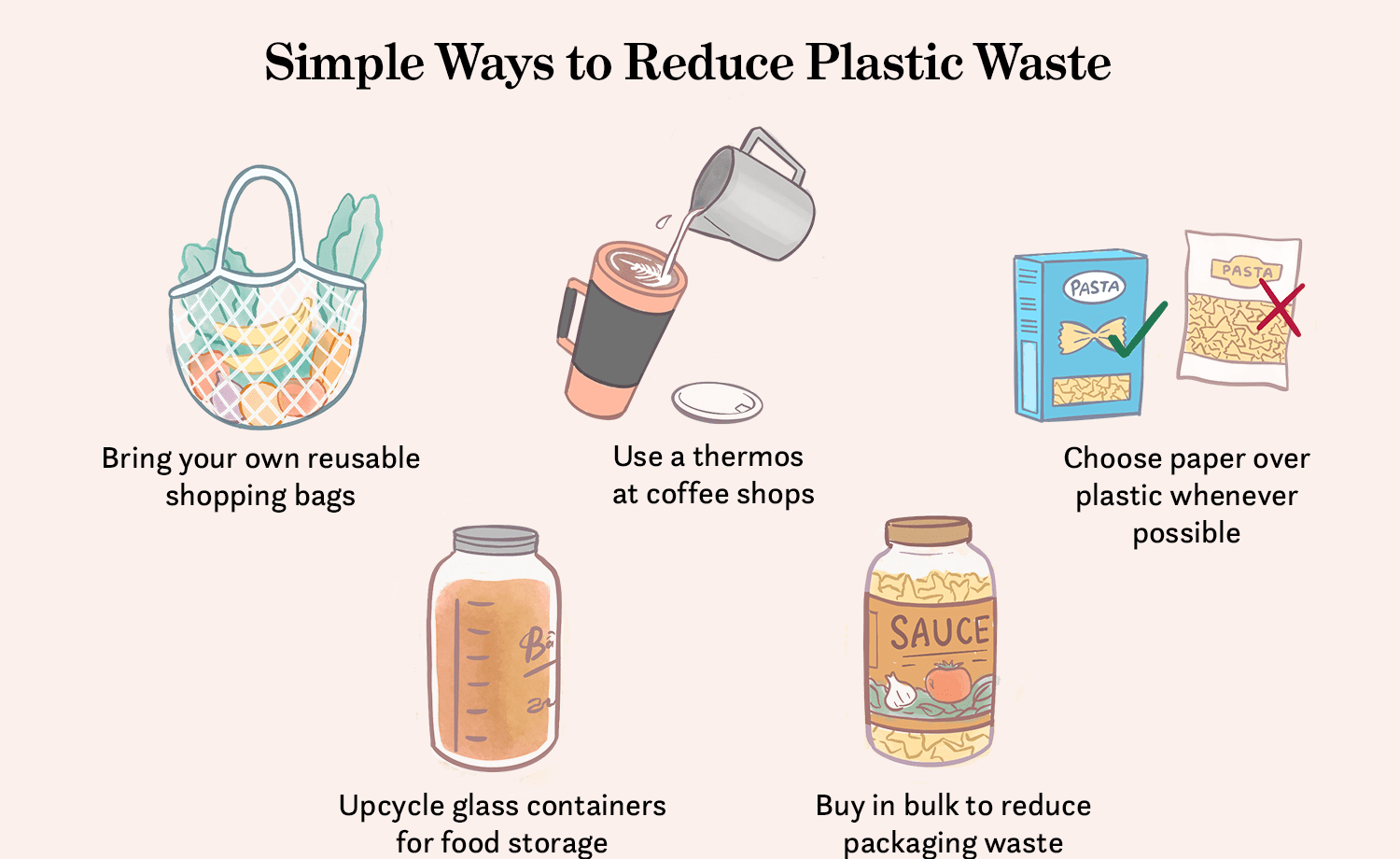
The Potential of Biodegradable Plastics in Waste Reduction
Introduction
Plastic waste has become a significant environmental concern, causing detrimental impacts on ecosystems and human health. In this article, we explore the potential of biodegradable plastics as a solution to reduce plastic waste. By understanding the background, key concepts, and current trends, we can assess the environmental, technological, and economic aspects of biodegradable plastics. This article aims to highlight the importance of biodegradable plastics in waste reduction efforts.
Historical Background
Plastics have revolutionized various industries due to their versatility and durability. However, concerns regarding plastic waste necessitated a shift towards sustainable alternatives. Biodegradable options gained attention as an early solution to address plastic waste. This section provides an overview of the development and use of plastics, emphasizing the need for a sustainable approach.
Key Concepts and Definitions
To fully comprehend the significance of biodegradable plastics, it is crucial to understand their characteristics and differentiate them from conventional plastics. Biodegradable plastics undergo a natural degradation process, breaking down into non-toxic elements over time. This section explains the importance of biodegradability in waste reduction efforts, highlighting its potential for minimizing environmental impacts.
Main Discussion Points
Environmental benefits of biodegradable plastics
One of the primary advantages of biodegradable plastics is the reduced accumulation of plastic waste in landfills and oceans. By breaking down naturally, these plastics alleviate the burden on waste management systems. Additionally, their production and disposal result in decreased carbon emissions, contributing to climate change mitigation. Furthermore, biodegradable plastics offer potential for composting and organic waste management, converting them into valuable resources.
Technological advancements in biodegradable plastics
Various types of biodegradable plastics, such as PLA (Polylactic Acid) and PHA (Polyhydroxyalkanoates), have emerged with improved biodegradability and performance. This section provides an overview of these plastics, discussing their advancements and innovative applications. By exploring the technological progress, we can understand the feasibility of biodegradable plastics as a sustainable substitute for conventional plastics.
Economic considerations and market potential
Analyzing the market demand for biodegradable plastics is essential to evaluate their economic viability. This section assesses the cost comparison between biodegradable and conventional plastics, considering factors such as production, disposal, and environmental externalities. Additionally, the discussion explores the potential for growth and investment in the biodegradable plastics industry, highlighting the economic opportunities associated with sustainable alternatives.
Case Studies or Examples
Examining successful implementation of biodegradable plastics in specific industries offers practical insights. This section presents a case study showcasing a specific industry that has effectively adopted biodegradable plastics, emphasizing the impact on waste reduction. Furthermore, government initiatives promoting the use of biodegradable plastics are highlighted, demonstrating the potential for widespread adoption.
Current Trends or Developments
Recent research findings regarding biodegradability and performance advancements in biodegradable plastics are discussed in this section. Technological advancements in production and processing methods are also explored, showcasing the continuous innovation in this field. Additionally, government policies and regulations related to biodegradable plastics are highlighted, providing an overview of the current regulatory landscape.
Challenges or Controversies
Debates regarding the efficiency of biodegradable plastics in real-world conditions are crucial to address. This section presents different perspectives on the effectiveness of biodegradable plastics, considering factors such as decomposition rates and environmental conditions. Concerns about potential environmental impacts associated with biodegradable plastics are also discussed, ensuring a balanced understanding of the topic. Economic barriers to widespread adoption, such as higher production costs, are examined as well.
Future Outlook
The potential for increased use and acceptance of biodegradable plastics is promising. This section explores the possibilities of widespread adoption, considering evolving consumer preferences and environmental consciousness. Additionally, research and development opportunities for further improvements are highlighted, emphasizing the importance of continuous innovation in this field. Speculating on the long-term implications for waste reduction efforts enables us to envision a sustainable future.
Conclusion
In conclusion, biodegradable plastics offer a viable solution to reduce plastic waste and mitigate its environmental impact. Through this article, we have explored the historical background, key concepts, and current trends surrounding biodegradable plastics. By understanding the environmental, technological, and economic aspects, we can recognize their significance in waste reduction efforts. It is crucial to encourage further exploration and research on this topic, driving the transition towards a more sustainable and circular economy.